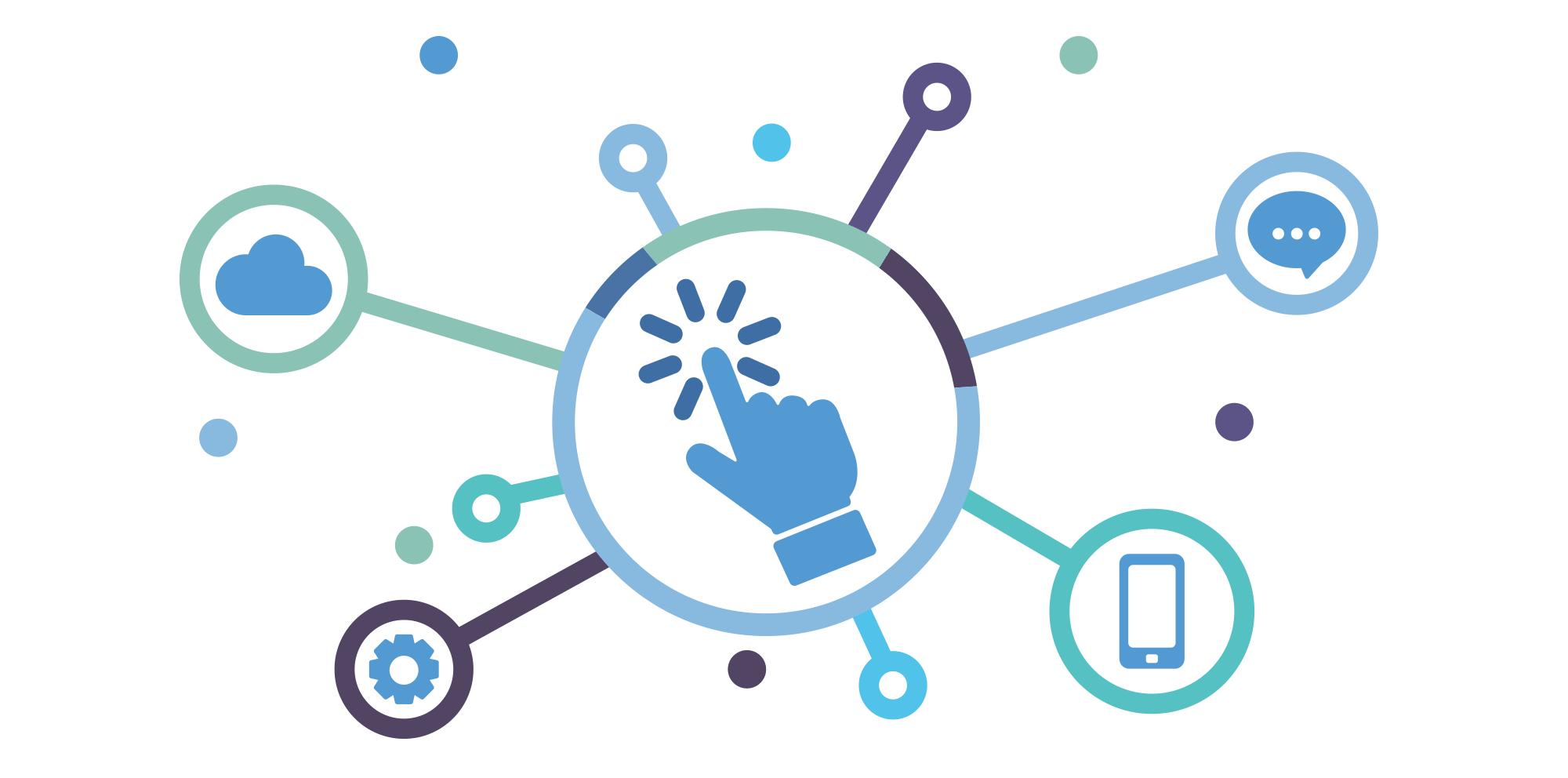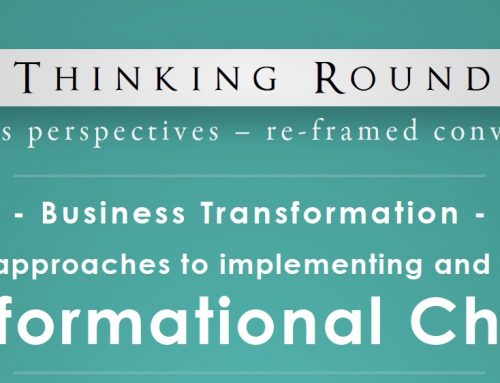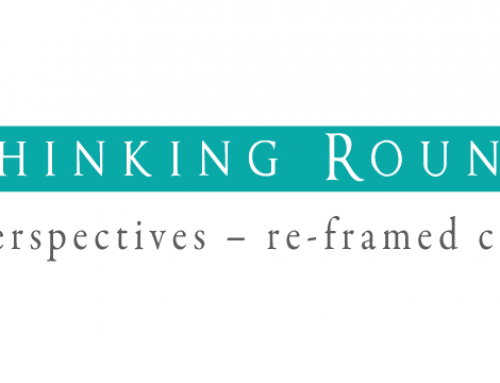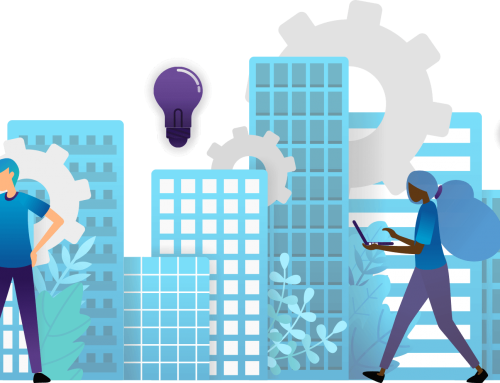The digital transformation of Australian government services is progressing at pace with a plethora of digital services for citizens and businesses.
The scope is enormous. But so are the challenges. A significant change is required, to how government organisations operate, how they are structured and the skills and capabilities they need to build.
This is the first of three articles which will address each of these dimensions in turn.
Digital Service Transformation demands a Digital Services Operating Model
 “As we continue to shift our services towards customer self-sufficiency and make more effective use of new digital channels, there will be opportunities to improve all of our services to make them more integrated, increase our efficiency and enhance the customer experience”. (Department of Human Services – 2015-2016 Corporate Plan).
“As we continue to shift our services towards customer self-sufficiency and make more effective use of new digital channels, there will be opportunities to improve all of our services to make them more integrated, increase our efficiency and enhance the customer experience”. (Department of Human Services – 2015-2016 Corporate Plan).
Designing, and transitioning to new operating models is an imperative for Government as more and more services are digitised. This has implications for service delivery, compliance, policy, ICT and corporate services.
- User-centered service design and delivery means designing services that meet citizen and business expectations, are easy to understand and use. But they must also reflect government policy, support compliance and provide data for analytics, fraud and non-compliance detection.
- Spanning boundaries is necessary, within individual government organisations and across government, the need for more connected government services presents challenges. Span of control impacts decision making, governance and speed of delivery.
- Complexity abounds. Existing organisation structures, policy, legislation, business processes, compliance and governance, accumulated over time, are thoroughly entrenched.
- Technology – social, mobile, analytics and cloud – has enabled the transformation of government services and departmental operations.
- Designing and implementing new operating models for digital service delivery has the added challenge that governments still need to operate at two speeds (bi-modally). In order to cater for all citizens and to comply with legislation, agencies must continue to deliver services in traditional ways as well as digitally.
New operating models which describe how the organisation will work will include:
- Three Dimensional Organisation Structure – to accommodate both end-to-end service functions and specialist (technical, policy, customer) functions. It will introduce and rapidly promulgate new capabilities across the organisation (centres of excellence), whilst maintaining strong financial viability and corporate services.
- New Service Capabilities – with a stronger user orientation, the digital agency will need to develop strong capabilities around service design (how do we build the right services?); service delivery (how do we deliver services most effectively?); customer relationships (how to we understand and interact with customers?); and business management (how do we plan, manage, govern the agency?)
- More Adaptive Governance – executive and management decision-making, strategic priorities and governance must keep pace with the speed of change. Radical re-thinking of procurement, delegations and resource allocations is required.
- Ways of working – with greater inter-agency and inter-divisional collaboration, significant change is required in how we work. More agile work practices, collaboration, design thinking and systems thinking should inform these processes. Our people will need more adaptive leadership competences, deeper technology capabilities, and more customer oriented business practices.
Design and transition to these operating models will require well-articulated strategy, collaborative design, prototyping and piloting as services transition. Strong change and communication from a capable leadership will drive success.




